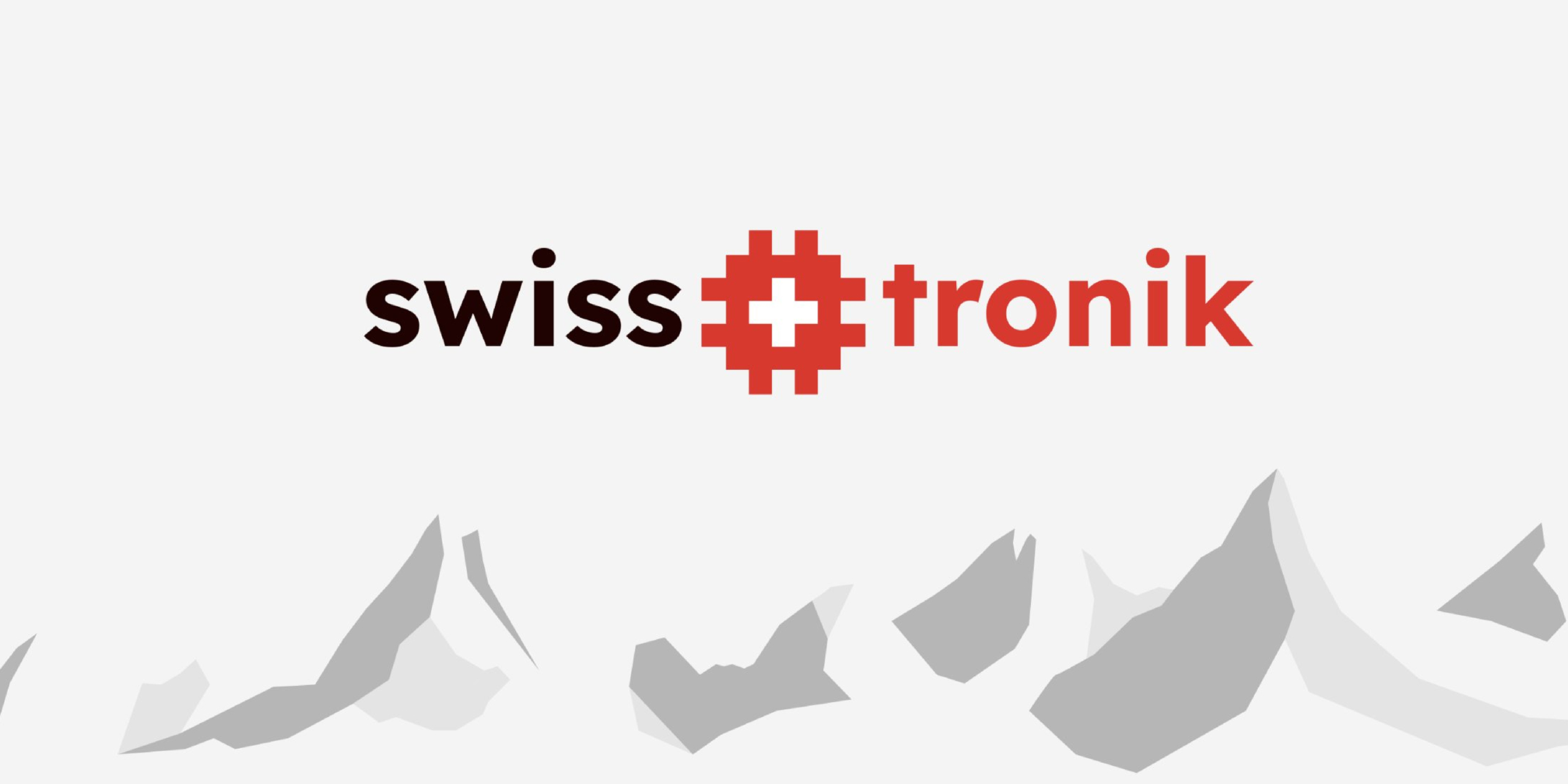Introduction
Swisstronik is an emerging Layer 1 blockchain platform that employs the Cosmos SDK to ensure compatibility with the Ethereum Virtual Machine (EVM). This strategic fusion aims to harness Ethereum’s established capabilities alongside the enhanced scalability, interoperability, and security features the Cosmos ecosystem provides. This review delves into Swisstronik’s technology stack, architecture, and more to evaluate its potential impact in the blockchain sector.
Innovation
Swisstronik introduces a unique blend of technologies and features to address key blockchain challenges, particularly privacy, scalability, and cross-chain interoperability. Notably, its use of Intel SGX for executing transactions within secure enclaves significantly enhances privacy technology, providing protection against vulnerabilities even at the node level.
Architecture
At its core, Swisstronik leverages the Cosmos SDK, allowing for a modular architecture tailored to meet specific needs and scalability requirements. The integration with Tendermint for its consensus mechanism underlines a commitment to achieving high throughput and enhanced security. The EVM compatibility is implemented through a dedicated module, facilitating seamless transitions for developers familiar with Ethereum’s development environment.
Code Quality
Swisstronik’s approach to maintaining high code quality is evident through its adoption of industry-standard security practices and regular audits. Incorporating Intel SGX within the blockchain’s operation enhances security and serves as a testament to the sophisticated level of technical implementation aimed at safeguarding smart contract execution and data privacy.
Product Roadmap
The roadmap for Swisstronik outlines a series of phased developments focused on expanding its ecosystem. Future enhancements include deeper integration with other blockchains in the Cosmos network through the IBC protocol and continuous improvements to the governance model to foster a more inclusive community participation framework.
Usability
With its EVM compatibility, Swisstronik maintains a low barrier to entry for Ethereum developers looking to migrate or deploy decentralized applications. The platform’s design considers developer ergonomics with comprehensive documentation and developer tools that streamline the development process on this new blockchain.
Swisstronik Team
The Swisstronik team comprises seasoned professionals with extensive experience in blockchain technology, cryptography, and software development. Their expertise drives the project’s vision and ensures the platform remains robust and forward-compatible with emerging blockchain innovations.
Conclusion
Swisstronik represents a noteworthy advancement in the blockchain space by integrating Ethereum’s strengths with the Cosmos ecosystem’s technological innovations. Its emphasis on privacy, scalability, and interoperability makes it a compelling platform for developers and enterprises. While its future success will depend on user adoption and community growth, Swisstronik’s well-defined roadmap and solid technical foundation position it as a promising player in the evolving blockchain landscape.
| Initial Screening | |||
| Keep researching | |||
| Does this project need to use blockchain technology? | Yes | ||
| Can this project be realized? | Yes | ||
| Is there a viable use case for this project? | Yes | ||
| Is the project protected from commonly known attacks? | Yes | ||
| Are there no careless errors in the whitepaper? | Yes | ||
| Project Technology Score | |||
| Description | Scorecard | ||
| Innovation (Out Of 11) | 10 | ||
| How have similar projects performed? | Medium | 1 | |
| Are there too many innovations? | Regular | 2 | |
| Percentage of crypto users that will use the project? | Over 10% | 5 | |
| Is the project unique? | Yes | 2 | |
| Architecture (Out of 12) | 11 | ||
| Overall feeling after reading whitepaper? | Good | 2 | |
| Resistance to possible attacks? | Good | 2 | |
| Complexity of the architecture? | Not Too Complex | 2 | |
| Time taken to understand the architecture? | 20 – 50 min | 1 | |
| Overall feeling about the architecture after deeper research? | Good | 4 | |
| Has the project been hacked ? | No | 0 | |
| Code Quality (out of 15) | 12 | ||
| Is the project open source? | Yes | 2 | |
| Does the project use good code like C,C++, Rust, Erlang, Ruby, etc? | Yes | 2 | |
| Could the project use better programming languages? | No | 0 | |
| Github number of lines? | More than 10K | 1 | |
| Github commits per month? | Less than 10 | 0 | |
| What is the quality of the code? | Good | 2 | |
| How well is the code commented? | Good | 1 | |
| Overall quality of the test coverage? | Outstanding | 2 | |
| Overall quality of the maintainability index? | Outstanding | 2 | |
| When Mainnet (out of 5) | 5 | ||
| When does the mainnet come out? | Mainnet Ready | 5 | |
| Usability for Infrastructure Projects (out of 5) | 5 | ||
| Is it easy to use for the end customer? | Yes | 5 | |
| Team (out of 7) | 6 | ||
| Number of active developers? | 5+ | 2 | |
| Developers average Git Background? | Senior | 2 | |
| Developers coding style? | Solid | 2 | |
| Total Score (out of 55) | 49 | ||
| Percentage Score | |||
| Innovation | 18.18% | ||
| Architecture | 20.00% | ||
| Code Quality | 21.82% | ||
| Mainnet | 9.09% | ||
| Usability | 9.09% | ||
| Team | 10.91% | ||
| Total | 89.09% |





